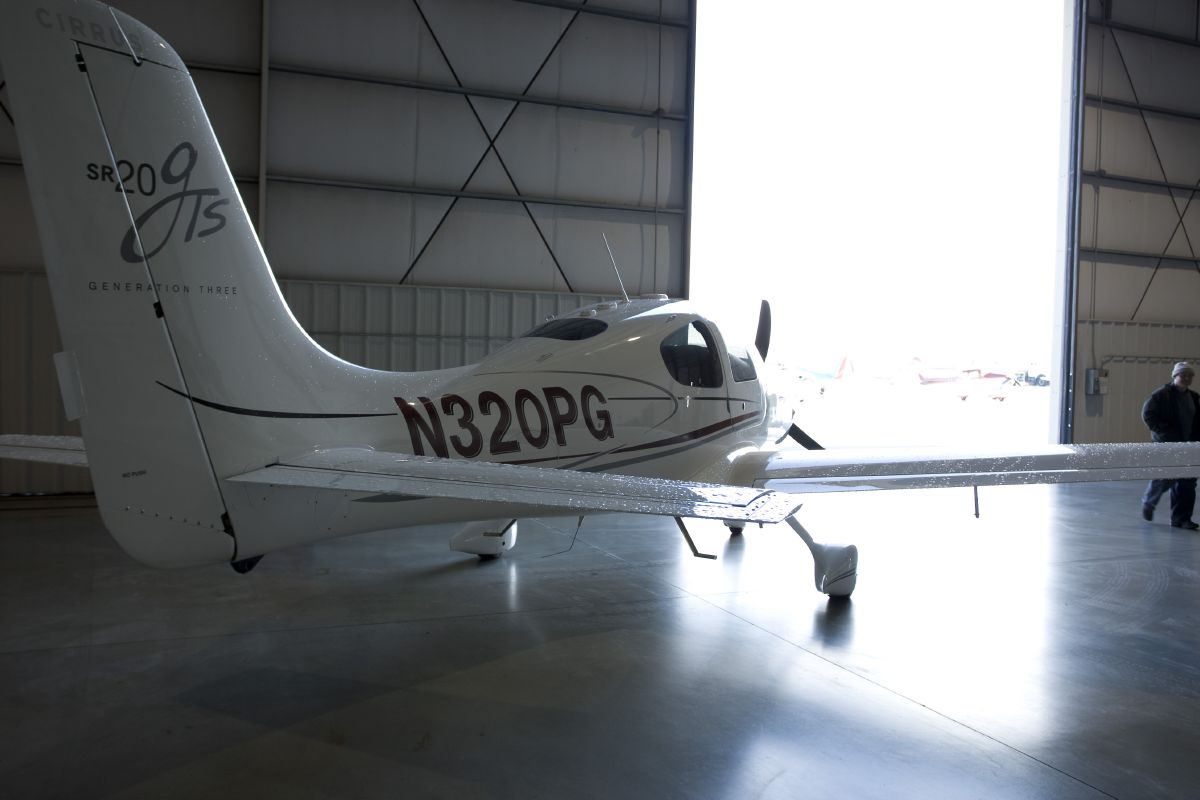How is the Industry Adapting to the Market?
7th June 2021
By Adam Meredith

What might be the lasting effects that COVID has had on the airplane market?
The world response to the COVID-19 pandemic radically shifted markets, from the mundane—sundries and dry goods—to the more esoteric, like silicon chip manufacturing. What might be the lasting effects that COVID has had on the airplane market?
Similar to potential homebuyers and white-collar office workers, COVID has forced a re-examination of air travel by business executives, business owners and GA pilots generally. Industry professionals seem to agree that beginning mid-pandemic, COVID really pushed a lot of people to seek the means to do their own thing however they could, and especially those who could afford it, to buy and fly.
Now as the pandemic seems to be on the wane and COVID restrictions are lifted, will that trend continue? And if so, how will that affect the different aircraft markets?
The industry already has had several years of strong economies, which has led to tightening of quality supply. Now AOPA is seeing that more businesses realize it’s prudent to keep their execs off commercial airlines and instead seek alternatives like buying a company airplane.
First-time buyers are going to look at the lower end of the market, the owner-flown segment. That puts increasing upward pressure on pricing. AOPA is seeing a lot of demand on very thin supply, particularly in the turboprop and light jet spaces. In those two categories, the pace of sales has accelerated.
That’s led to further appreciation in the value of a lot of aircraft, particularly in the single-engine piston space. And because demand has far outstripped supply of quality, issue-free aircraft, people are more willing to buy problematic assets: airplanes with damage history, or a cloudy title or incomplete logs. Buyers are even investing in project aircraft, the kind that need avionics upgrades or new paint and interior, or all the above.
On the financing side, people who don’t have their finances in order are often losing out to those who are more financially nimble—those who can make offers without financing contingencies or who have financing already lined up. If the stock market is any measure of strong consumer confidence, it’s fair to say this will continue to persist.
Our work environments have changed, and with more of us working remotely full- or part-time, people have more flexibility and time to travel. We see that those who can afford to own an airplane are more likely to justify and complete the purchase.
Any number of things could cause that to change, but the biggest foreseeable impediment to a sustained sellers’ market could be major tax reform as currently proposed by the Biden administration. On the other hand, with the government continuing to spend, inflation could become a problem. If there is inflation, you’ll want your money in assets. That will only make airplane inventory worse. Tough to know for sure which way things will go, but given it seems far more challenging for consensus on tax reform than consensus on some form of spending package, it will likely be some time before we see values dropping drastically.
Great advice. Great rates. From helpful and responsive reps you can trust. Three good reasons to turn to AOPA Aviation Finance when you are buying or refinancing an airplane. If you need a dependable source of financing with people who are on your side, just call 800.62.PLANE (800.627.5263), or click here to request a quote.

AOPA Finance Team
Knowledgeable and friendly aircraft finance professionals you can trust to find the best terms for your financing needs. Our goal is to make aircraft ownership more affordable and accessible to pilots.